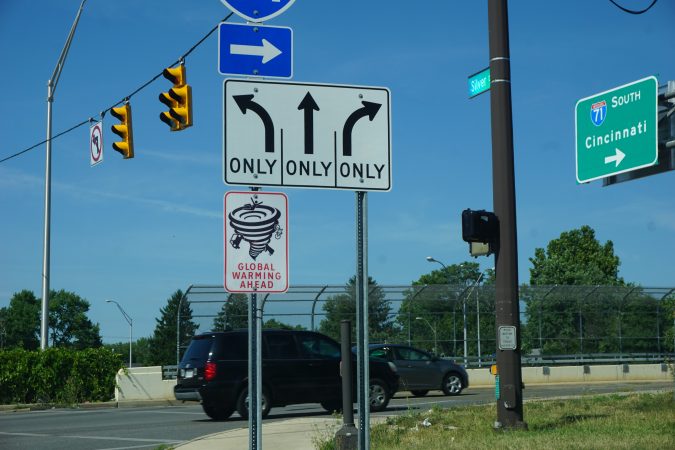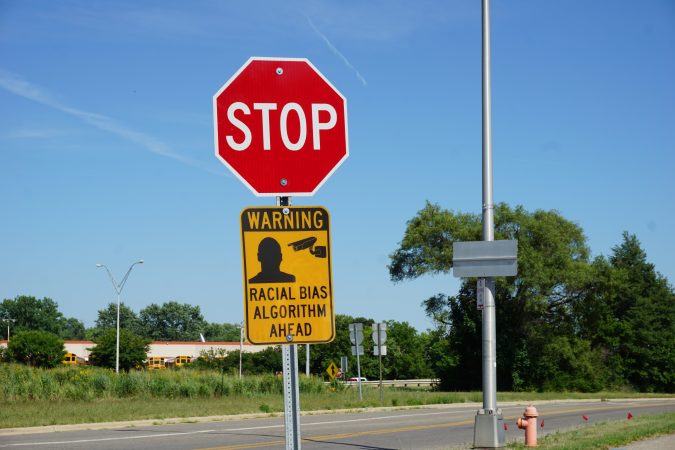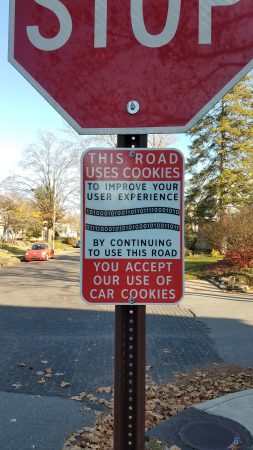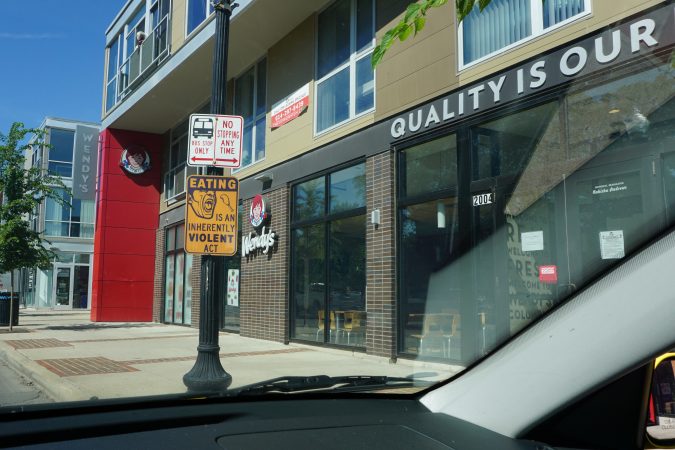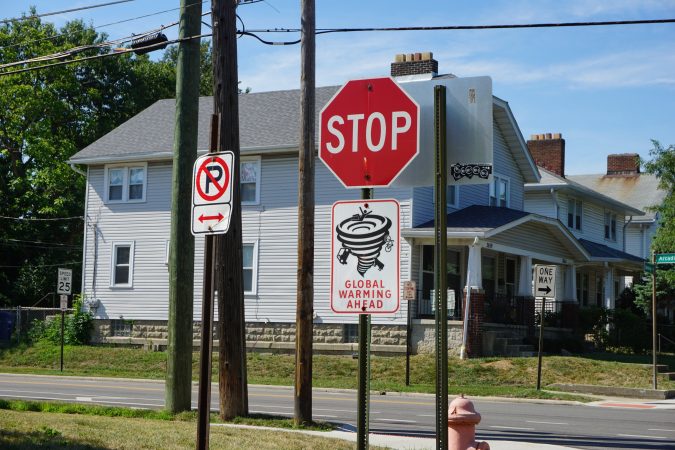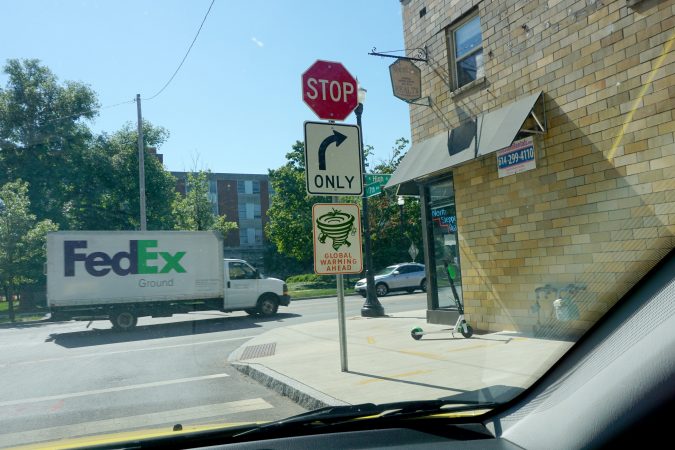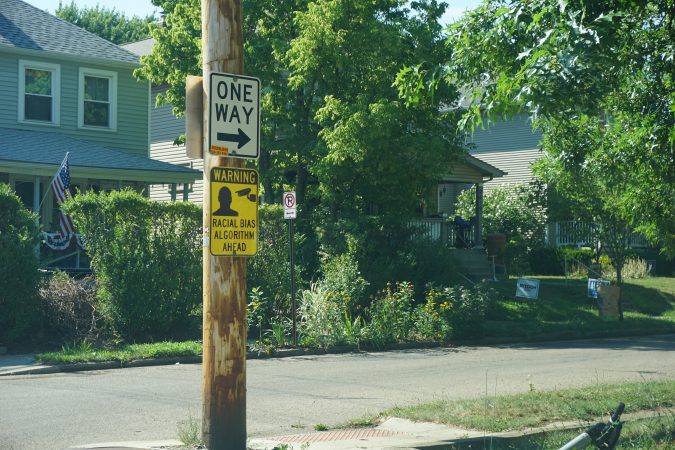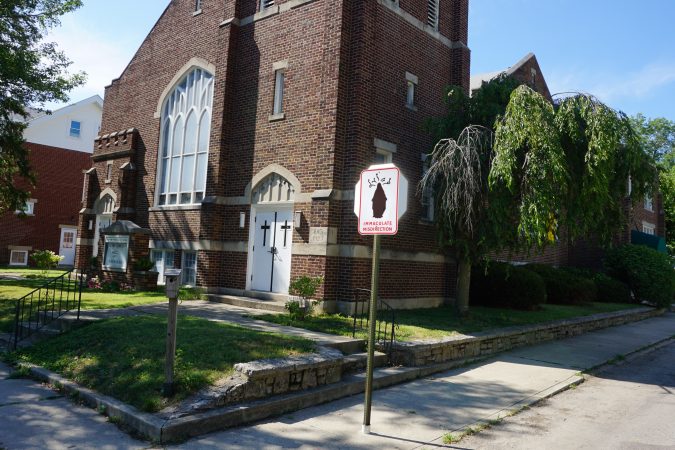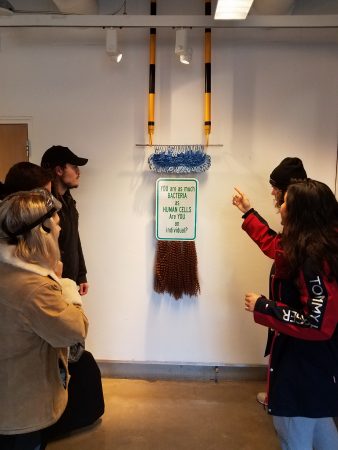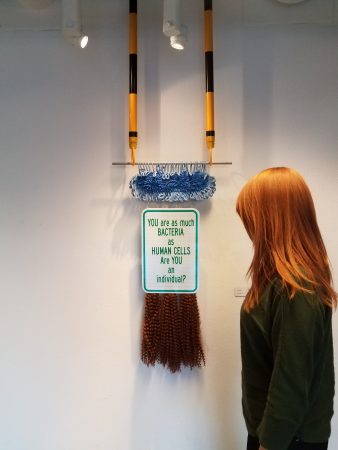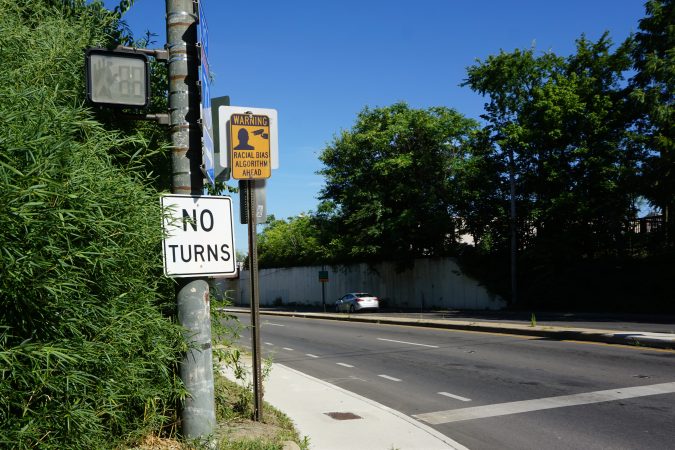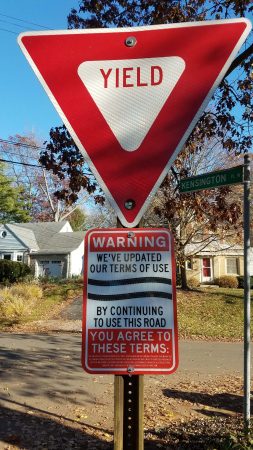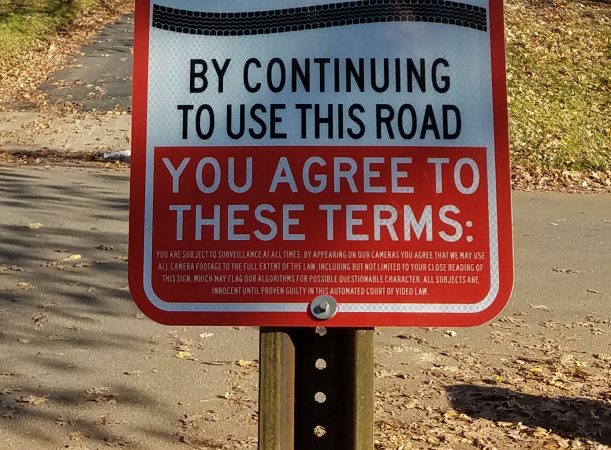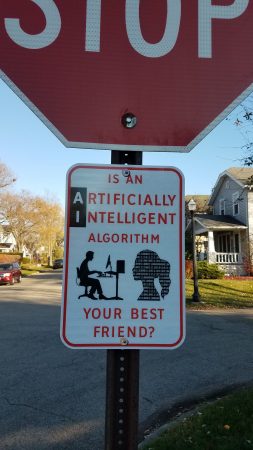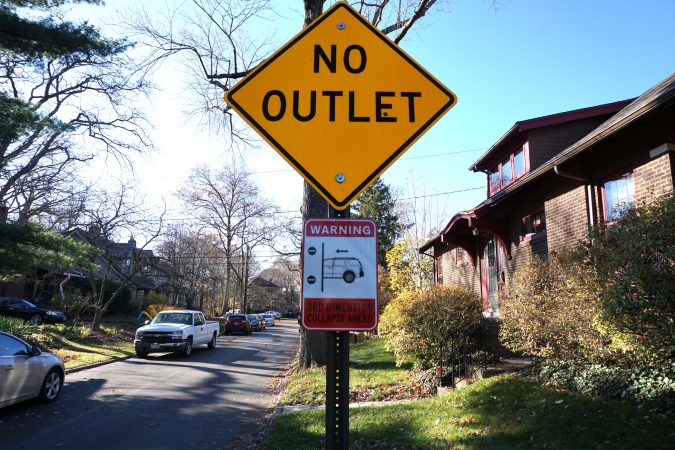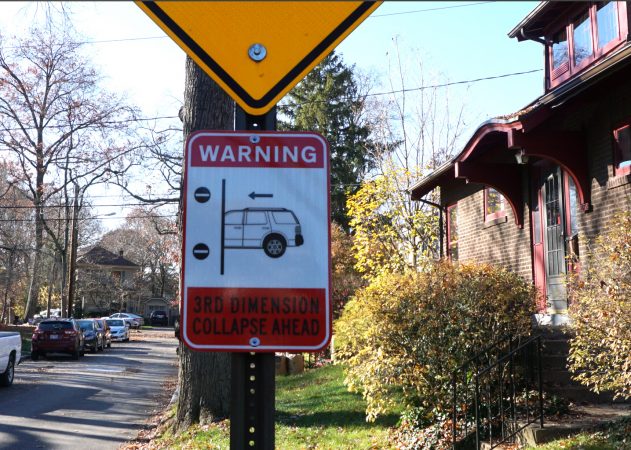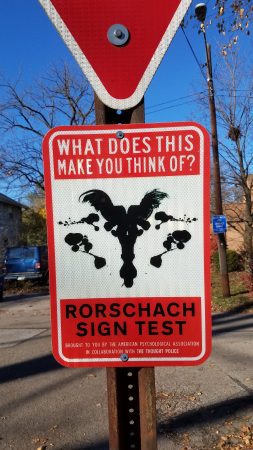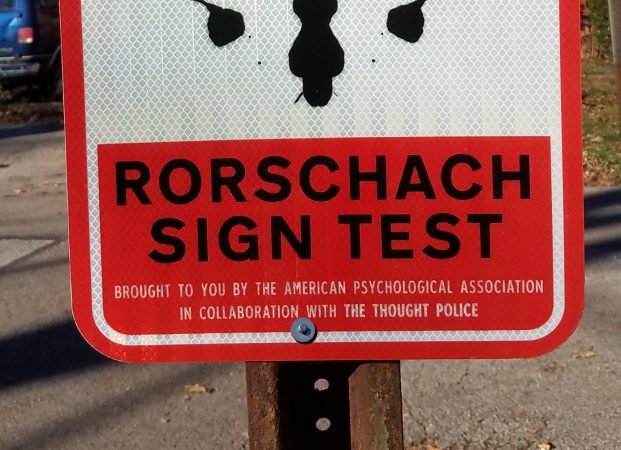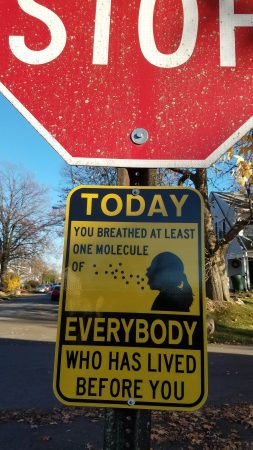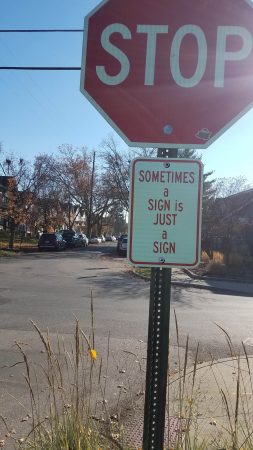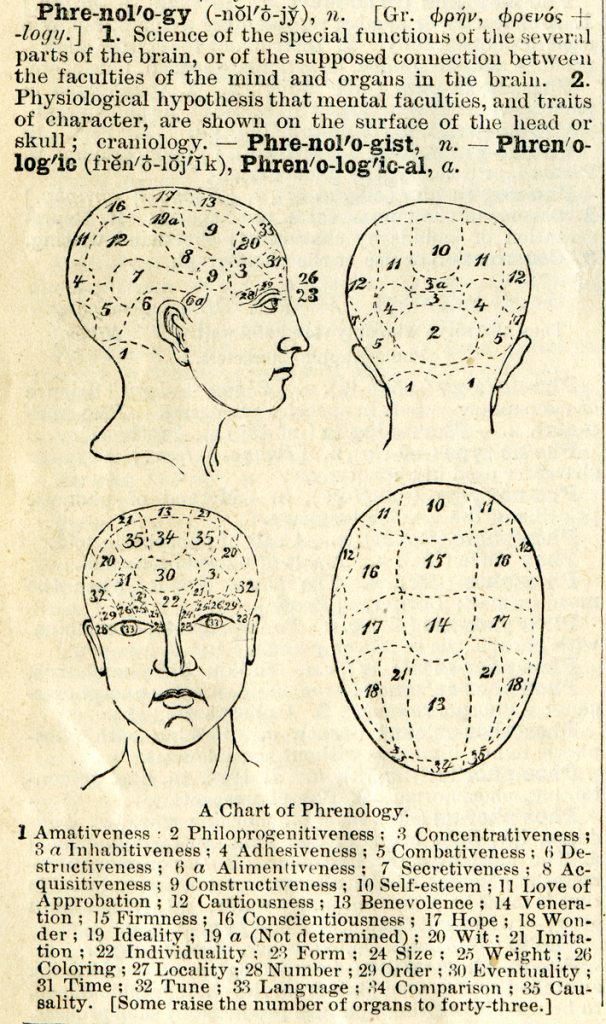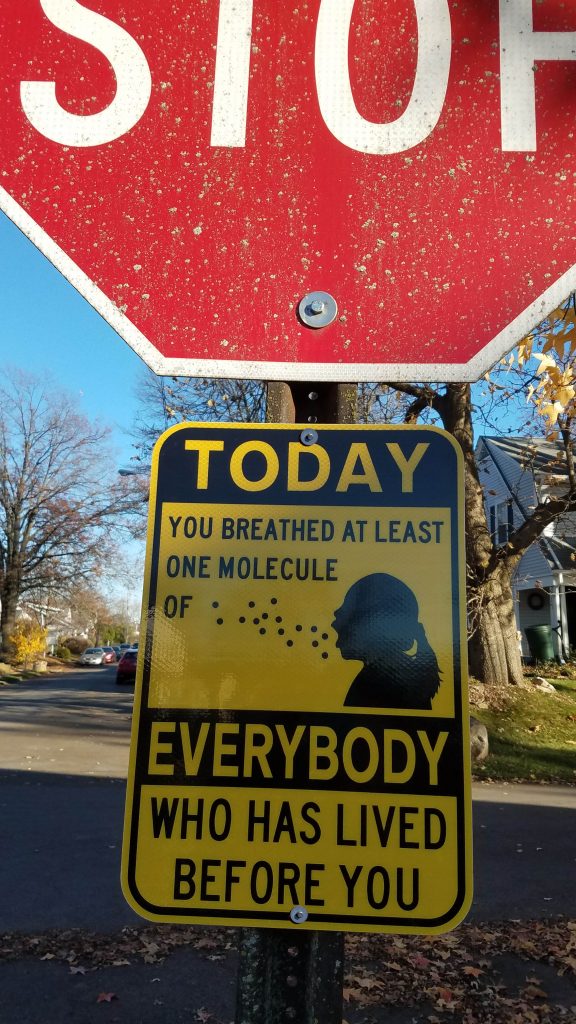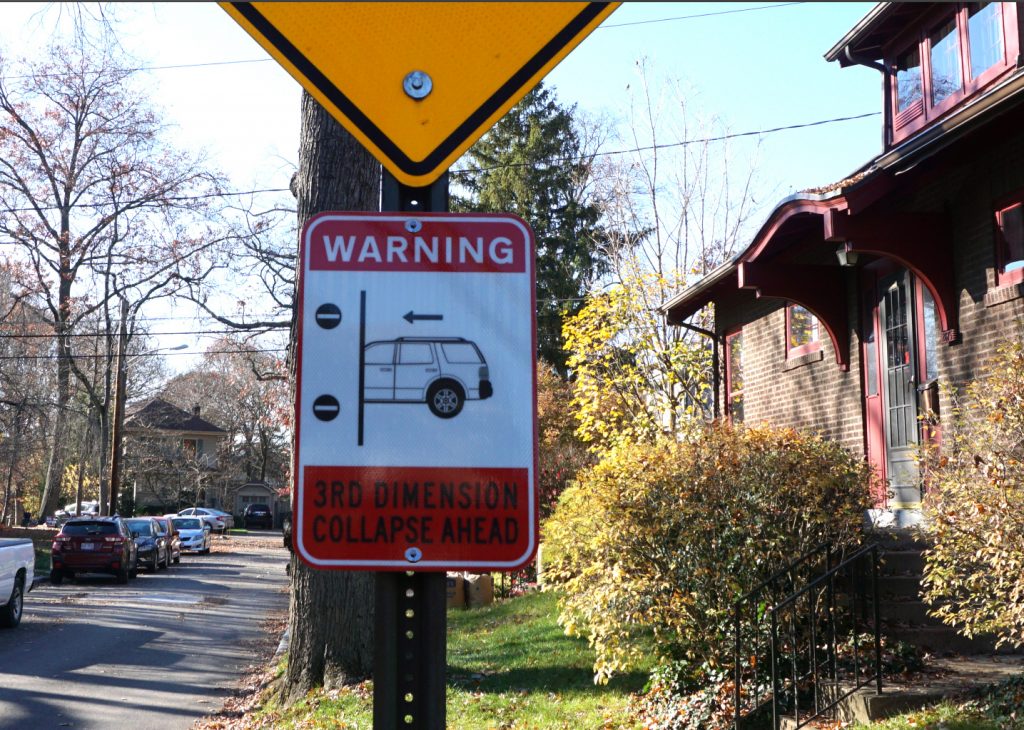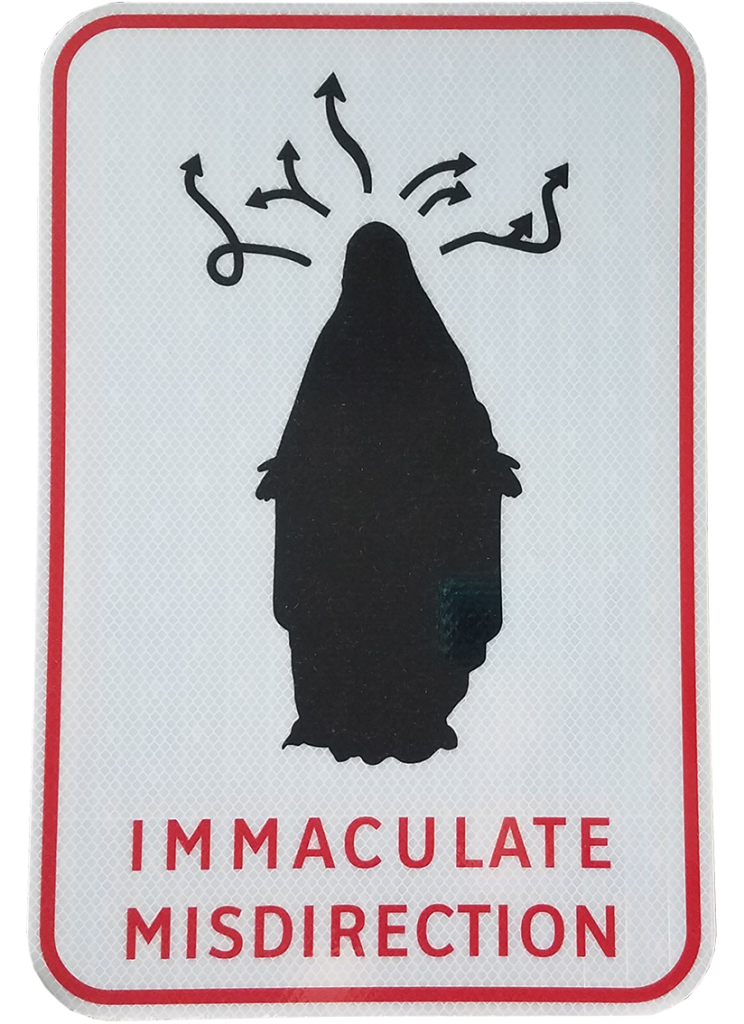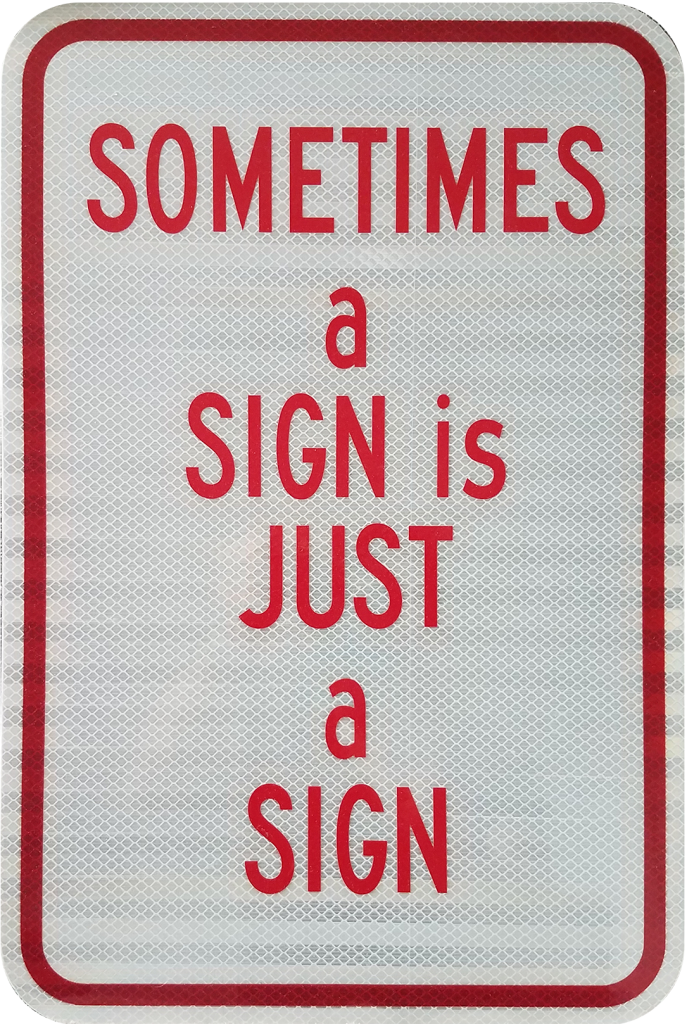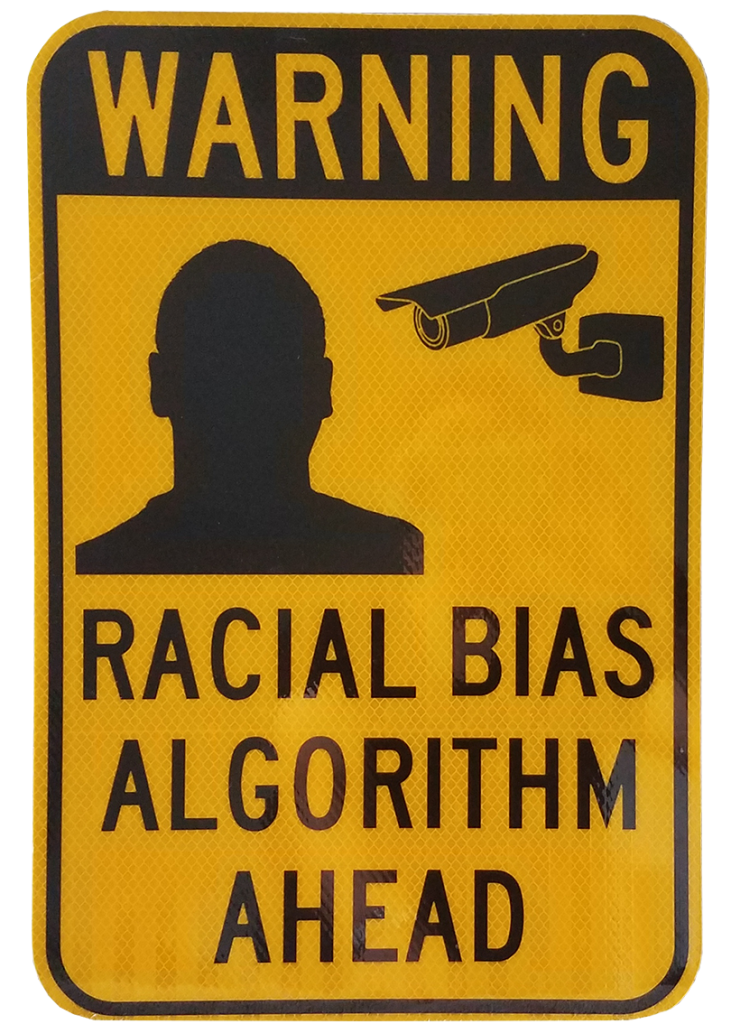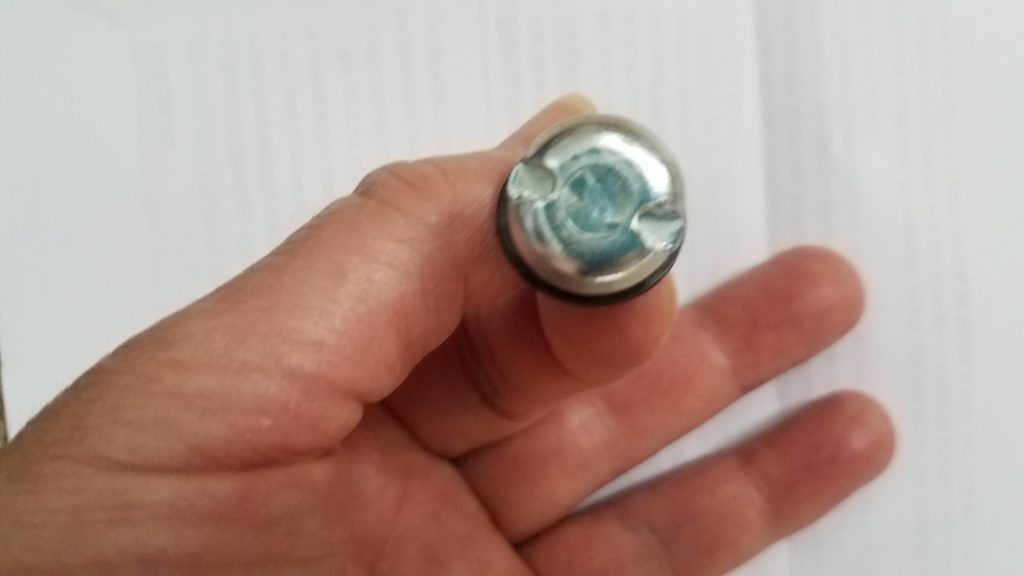Signs are an authoritative visual channel in public space controlled and arbitrated by city managers and the federal government. Managers use their jurisdiction as appointed representatives to place fundamental signage, generally for the public good. Signs carry the weight of authority both from government entities and the transportation industry, and humans feel obligated to obey.
SIGNS ARE INTERPRETATIONS THAT TRY TO JUSTIFY THEMSELVES AND NOT THE REVERSE.
– Michel Foucault, Nietzsche, Freud, Marx.
As we are often told, “driving is a privilege, not a right.” Breaking the rules of not following signs can lead one to receive costly police tickets and jail terms, and maybe even death. There may also be death that happens instantly if, for example, you enter a rail crossing when a train is coming or death that takes a long time, as is the case with warning labels on cigarettes, which take fully 1/2 of all smokers’ lives.
What about signs that warn us of inevitable doom because of car usage, and the polluting carbon output? What about signs that think more systemically and look at the relationships between global warming, sea level rise, or hurricanes? What about signs that express solidarity and seek social justice, or warnings that your rights may be abridged by use of products or facilities or signs that help us to consider more systemic issues?
Signs are often an effective and quick form of communication that brings us back to pictographic forms of understanding and while bypassing and communicating their messages in a universal form; beyond words.
As Eduardo Kohn says in How Forests Think “All signs and not just those we might call magical traffic in the future… they are calls to act in the present…”
This begs the question; what are the signs we are not seeing? Do signs in particular contexts serve the public good about real future dangers not apparent?
These are the signs that warn of less visible present and future threats.
While scientists are sure that C02 leads to global warming and increases hurricanes, the signs below make that clearer with graphics to illustrate the dangers. Greenhouse gases are emitted from the tailpipes of cars and trucks that combust fuel. When one is driving, it contributes to global warming through the output of CO2. Once greenhouse gasses are released, they can stay in the atmosphere for 300-1000 years.
Greenhouse gasses act like a toxic dirty blanket around Earth, trapping energy in the atmosphere and causing it to warm. More heat means more dangerous hurricanes and tornadoes.
Another way to think about this is oceans have absorbed the heat equivalent of seven Hiroshima nuclear explosions every second, an expert says.
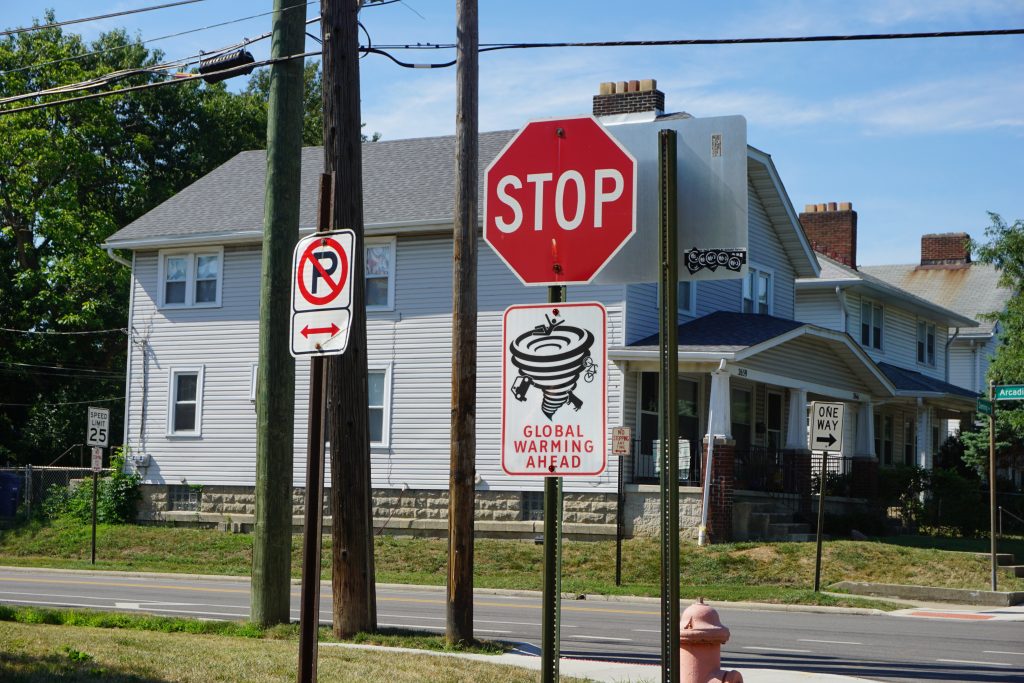
While we see signs along roads, they are also prominent in churches and stores. They all have distinct design characteristics that give them authority, especially within urban zones. Signs are part of Information and knowledge management, in line with an epistemology that equates knowledge and the right to post a sign with that authority.
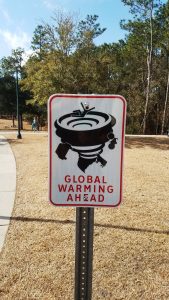
We are aware of these dangers, though, at other times, we are not.
This has become especially apparent with the use of surveillance technologies and how they return poor results that impact BIPOC people in particular.
Shouldn’t we have a sign that warns the public of the dangers of algorithms in how they are used to identify and label individual races as more criminal or suspect?
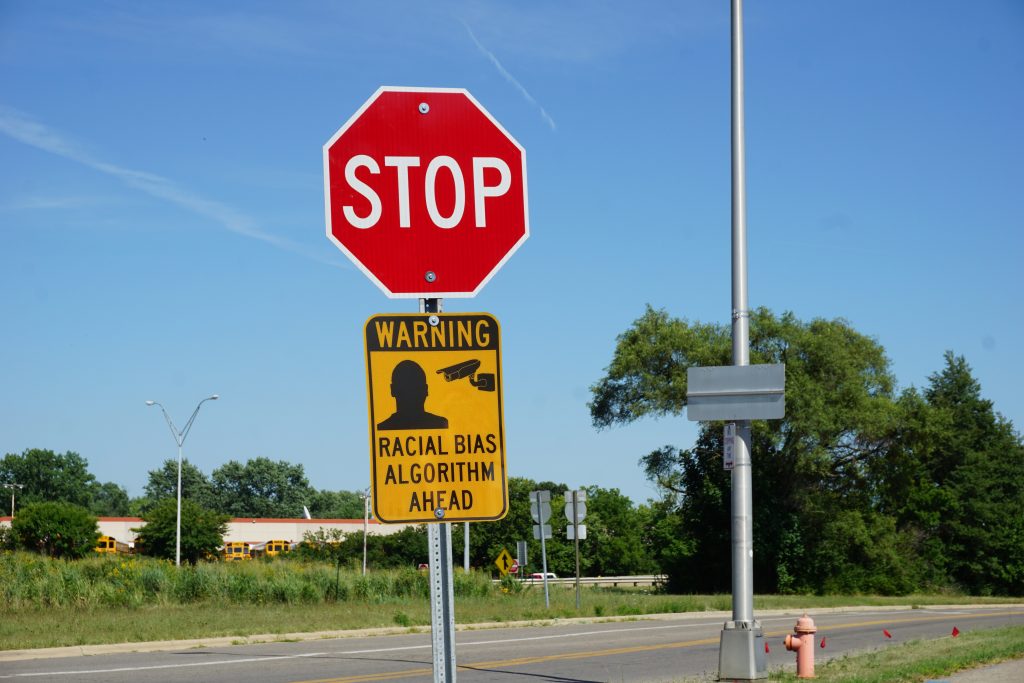
The idea that we can use critical visual characteristics, such as color or race, to determine criminality has a sordid past, especially with phrenology. Phrenology used the bumps on people’s heads and the shape of their heads to select and predict personality traits or criminality.
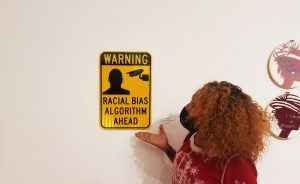
Regretfully tech companies have promised governments that artificial intelligence (AI) can identify criminal behavior. Even schools have gotten into looking at children’s faces and sanctioning them for not paying attention by looking at eye gaze if a child is daydreaming and climbing into imagination, then that must be promoted rather than focusing on standardized lessons.
It is clear now that artificial intelligence algorithms have biases built into them, given the data sets are often constructed with the biases built in. However, we continue to go down these roads, beckoning an earlier time when phrenology was thought to offer some way of understanding and predicting behavior based on nothing more than the bumps on and shape of one’s head.
Commercial signage fills our cultural landscapes, influencing long-held social beliefs while invoking and upholding that state-based authority.
In the new physical reality, the spaces between virtual and real are diminishing as our cars and roads save and sell our data.
Especially with the advent of “smart cars,” the distinction between modes of transportation and computers is diminishing.
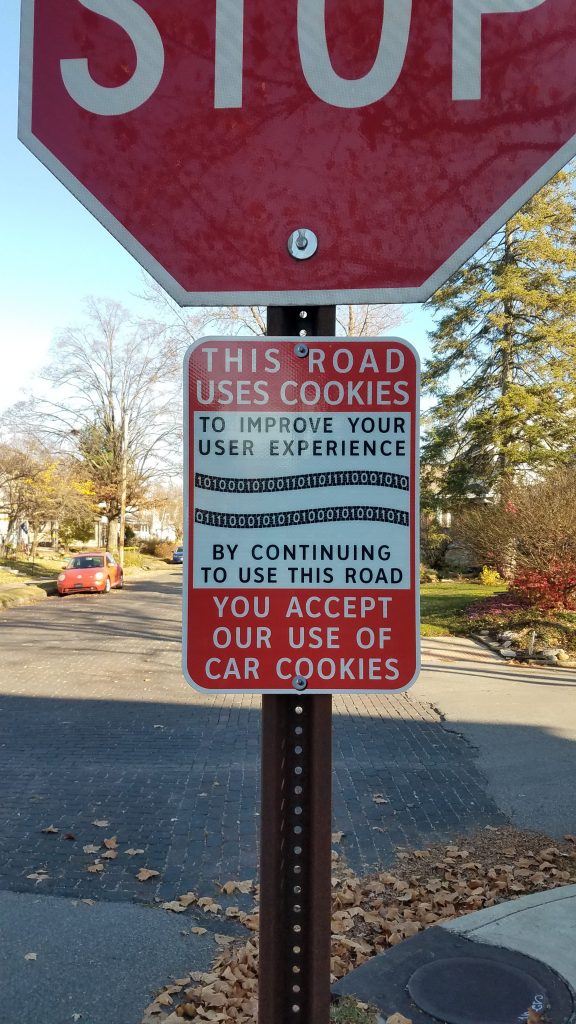
When we drive, simply using the car we are operating creates a need to accept the terms of service. This means agreeing to live, downloaded updates, or share your data, whether you agree to these downloads or not.
For most cars, the event data recorder (EDR) data, the computer inside the car stores your GPS location, speed, airbag deployments, crash avoidance alerts, impact data, safety system status, braking and swerving/cornering events, seat belt settings, vehicle direction (heading), audio or video information such as information collected from camera images and sensor data and yes voice. The car can collect as much as 25 gigabytes of data per hour, know how much we weigh, and track how much weight we gain.
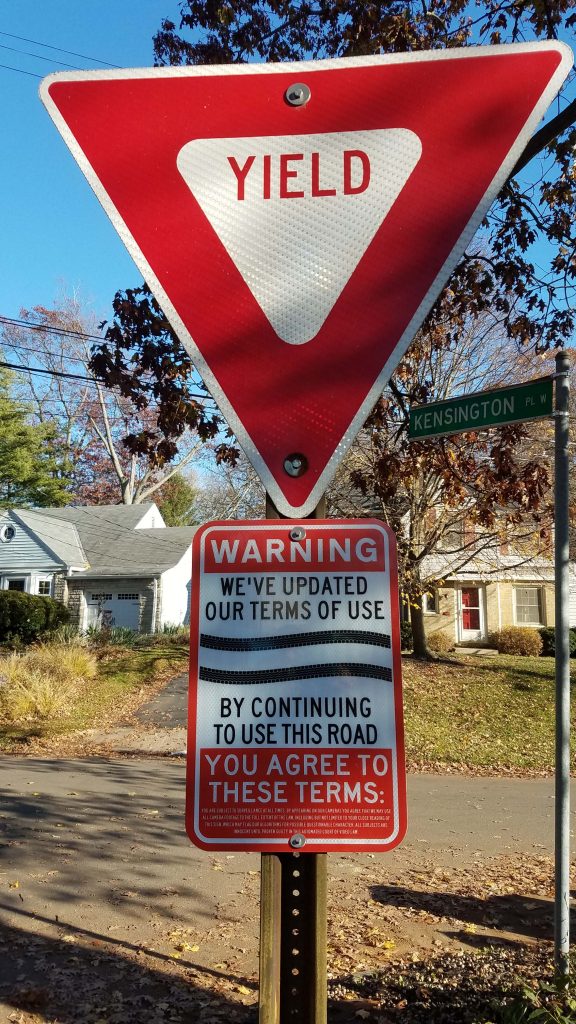
There are always terms of service online, and how can we even agree to data collected, aggregated, and sold by car companies?
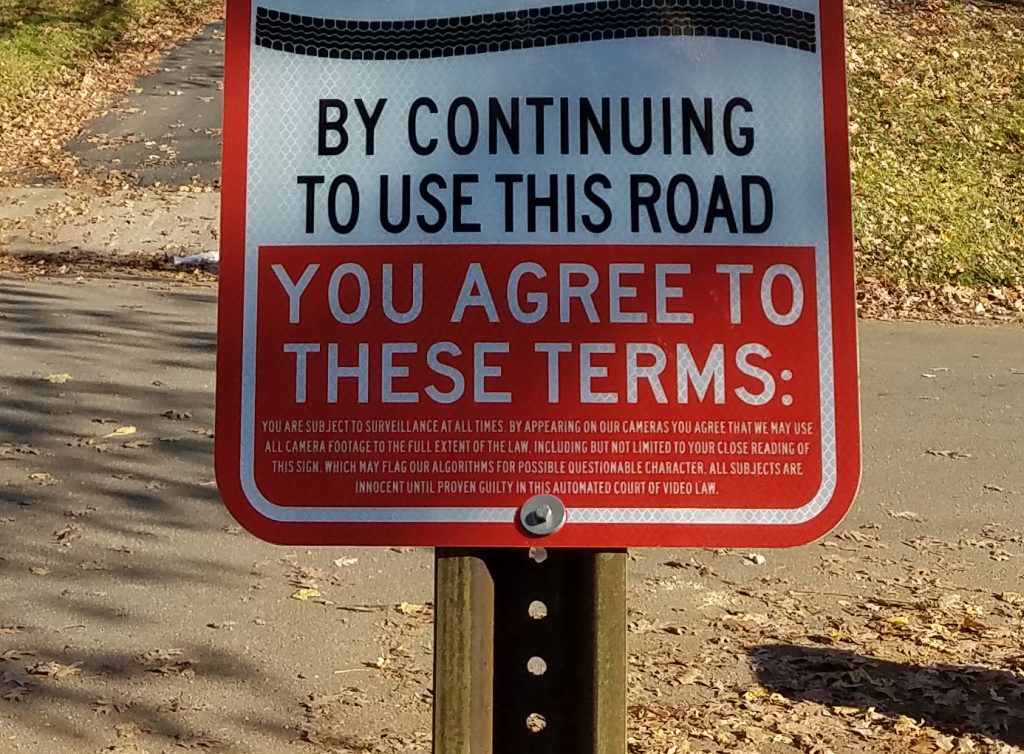
Given cars and their data collection, let us not forget that Dave, the founder of Wendy’s, died at 69 after a long battle with liver cancer.
When you consume fatty or fried foods and pile on the salt, your liver is literally under attack. Let us not forget the poor cows or chickens that get sucked into our industrial food system. The combined total of chickens (19 billion), cows (1.5 billion), sheep (1 billion), and pigs (1 billion) living at any one time are three times higher than the number of people on the planet.
Fifty billion chickens are slaughtered for food yearly – a figure that excludes male chicks and unproductive hens killed in egg production. Nearly 1.5 billion pigs are killed to feed the growing appetite for pork, bacon, ham, and sausages – a number that has tripled in the last 50 years.
Half a billion sheep are taken to slaughter every year. The number of goats slaughtered overtook the number of cows eaten during the 1990s, although the figure for cattle excludes the dairy industry. The environmental cost of our growing appetite for meat is alarming, given the rainforest is now one of the prime locations cattle producers look to satisfy our insatiable desires for beef.
Agriculture is responsible for 10-12% of greenhouse gas emissions. We must also not forget that eating plants, insects, and any living thing are violent to that entity.
Perhaps other signs that have one consider the nature of eating meat or the pure act of eating and what a violent act can be may also help humans understand their complicity in those acts.
We may confront producing meat on factory farms or consuming monocultural potato crops in fries and eating at such restaurants through the intelligent placement of these signs near to where humans consume. Would you eat burgers daily if you knew that one tree was felled in the Brazilian Rainforest?
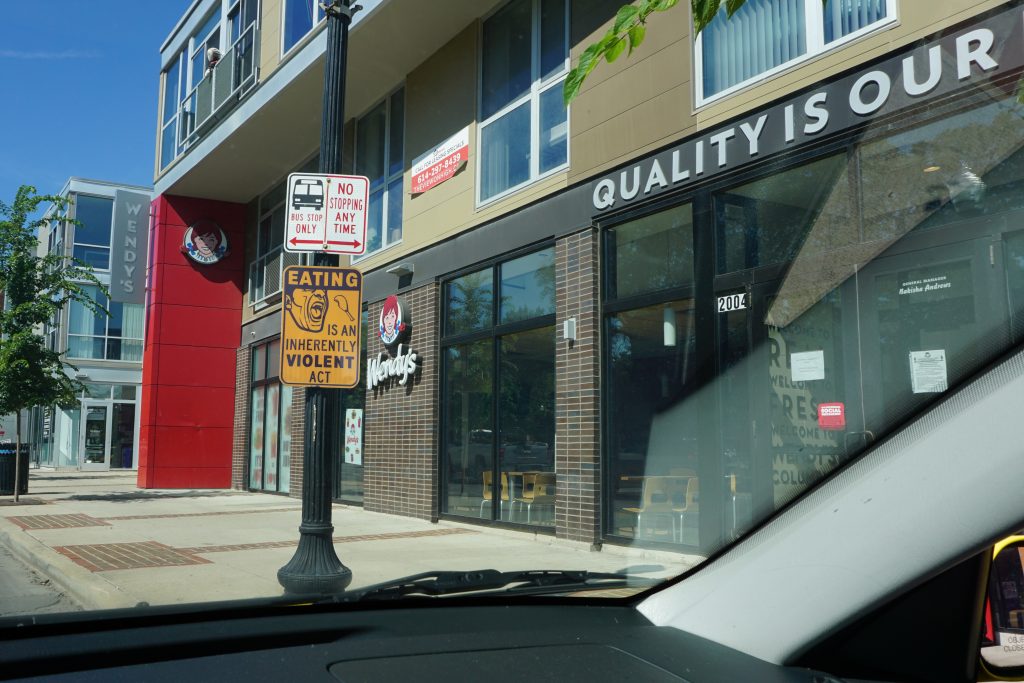
Fonts and colors are essential to communicate things like a global warning, danger, or demarcating direction. Color permits the signs to stand out from their background and be more effective with the light reflected off of cars or bike headlamps, further giving them an illuminated power for high-contrast and high legibility.
Given all the pollution poured into our atmosphere each year by the car and truck industry, we also need to have a sign reminding us that the oceans, which absorb the most carbon on earth, produce the most oxygen.
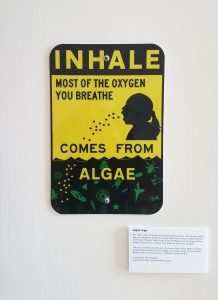
Of course, we are sharing breath with the algae, and we are sharing breath with other humans and animals as well.
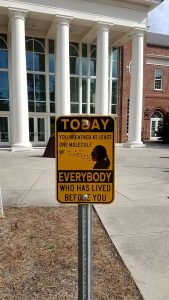
As we are driving, we are often also in a state of self-reflection, finding faces in clouds, and what better opportunity to find out what is on your mind than by taking a quick Rorshach Sign Test?
This makes me wonder when we will have drive-through psychiatrist meetings with drive-in hookups that sit on our windows. One could just recline their driver’s seat and have a drive-in movie-style speaker mounted to their window.
Still, before these become standard as drive-through convenience stores, we may just have to let our imaginations go while driving in the quietude of our vehicles.
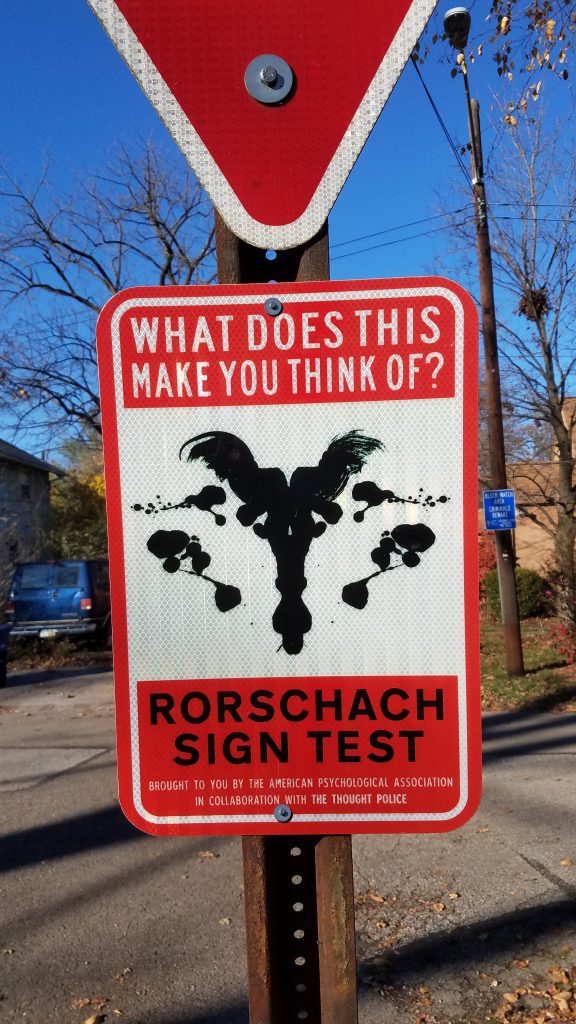
We have speed traps, and what about mind traps that lead us down neural paths of thought we may not intend or feel comfortable traveling on?
Police can use breathalizers and speed traps to identify and prove your crime. In the future, we may have portable MRI units to see where your blood is rushing. Let’s hope that is not coming to a TESLA car soon.
Today we have RORSCHACH SIGN TESTS to see what you are thinking – but will you tell us?
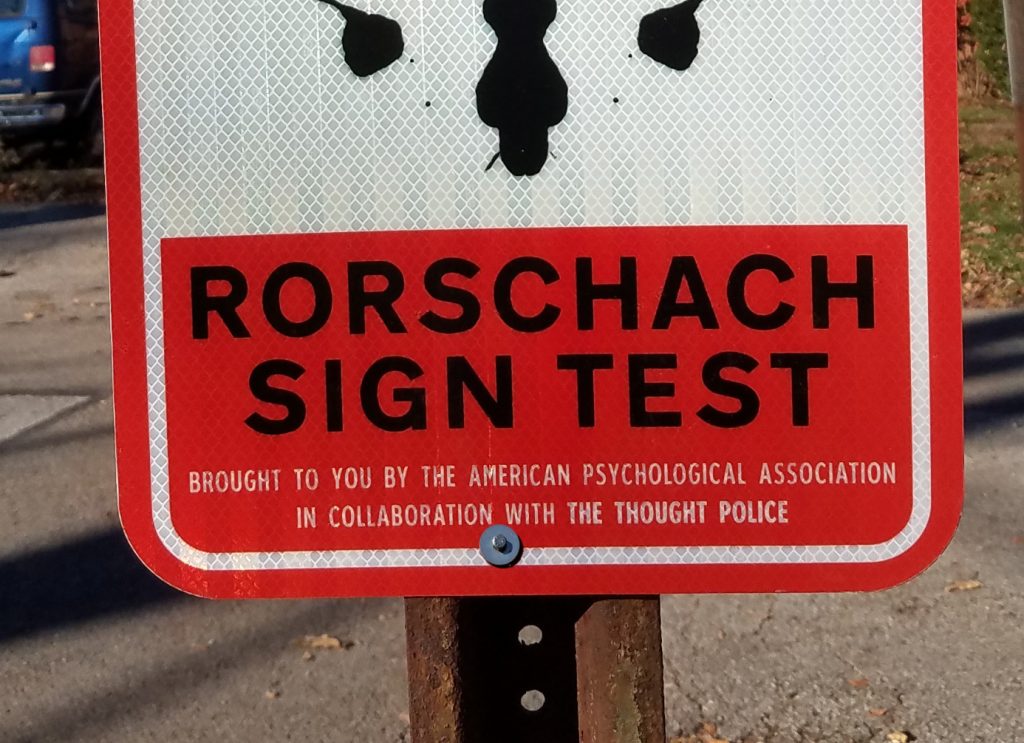
In this sign series, I use an alternative model that democratizes the production and exchange of information, with warnings to the public for the public good.
They take a medium controlled by city officials and subvert the use of signs into one that
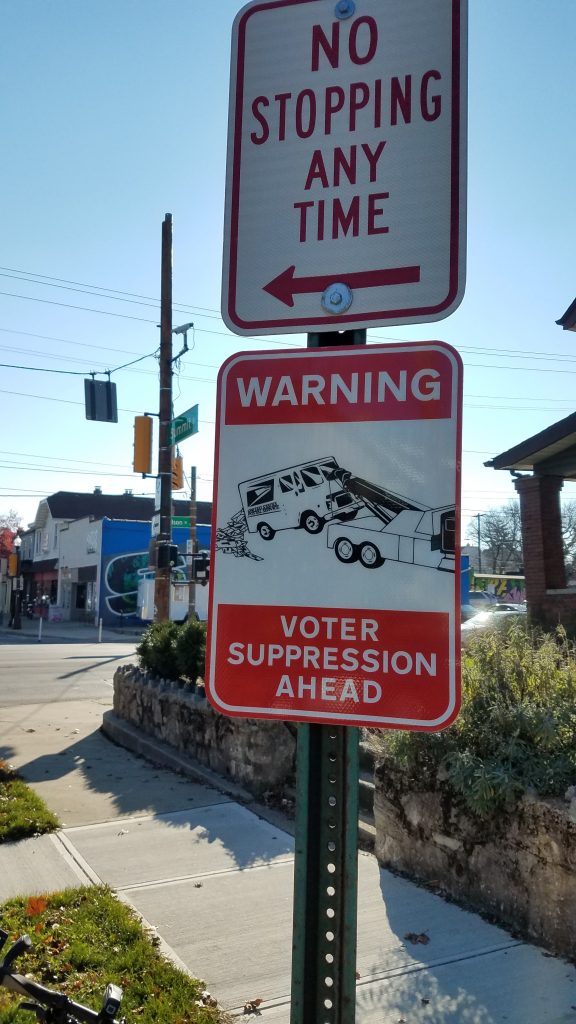
supports education and our urban communities. This enables knowledge sharing and direct participation.
Then some signs warn of election meddling, and the whole host of new laws now being passed by republicans may make these signs far more prevalent in a post-Trump era.
Let us hope we do not return to that international nightmare. However, we must remember it is our “supreme court” and the misnomer of “citizens United” where the court’s ruling freed corporations and unions to spend gobs of money on “electioneering communications” and to advocate for the election or defeat of candidates effectively drowning out individual and collective voices of citizens.
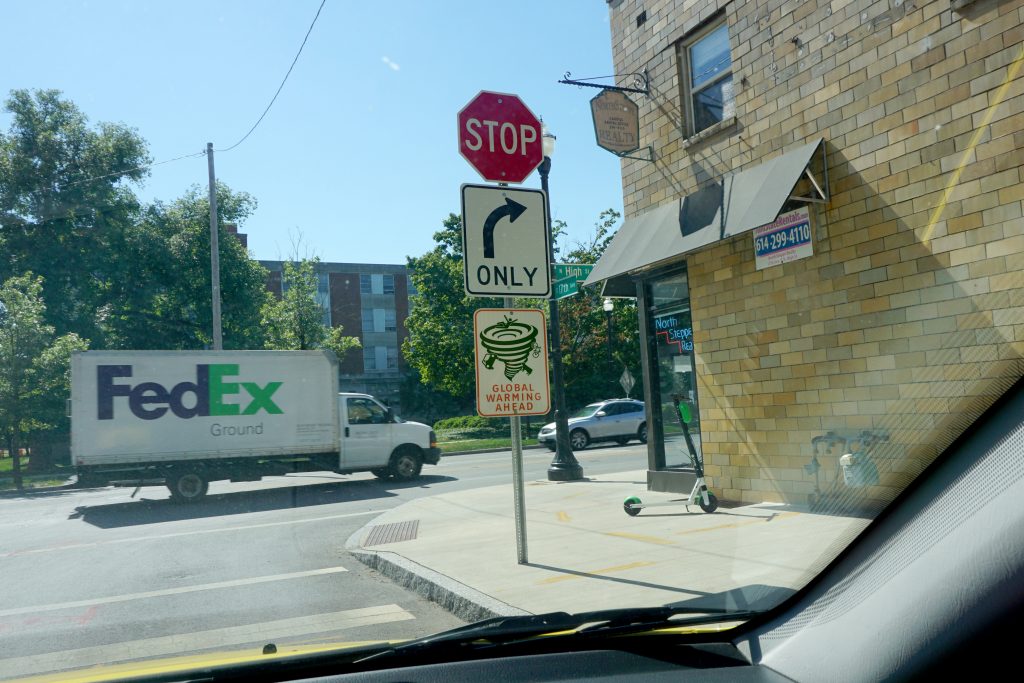
My goal with these artworks is to expose a policy, examine authority, and establish accessible technological opportunities that allow knowledge dissemination for the common good from the individual’s perspective.
This helps inform ways and approaches to enable the social and community appropriation of knowledge and communication technologies for local information, production, discussion, and exchange.
When you enter a church, for example, that conjures the figure of MOTHER MARY and appeals to guilt to obey GOD, are you questioning if what you are being told is an immaculate conception or maybe more so an Immaculate Misdirection? Should guilt be a part of a social strategy to control behavior?
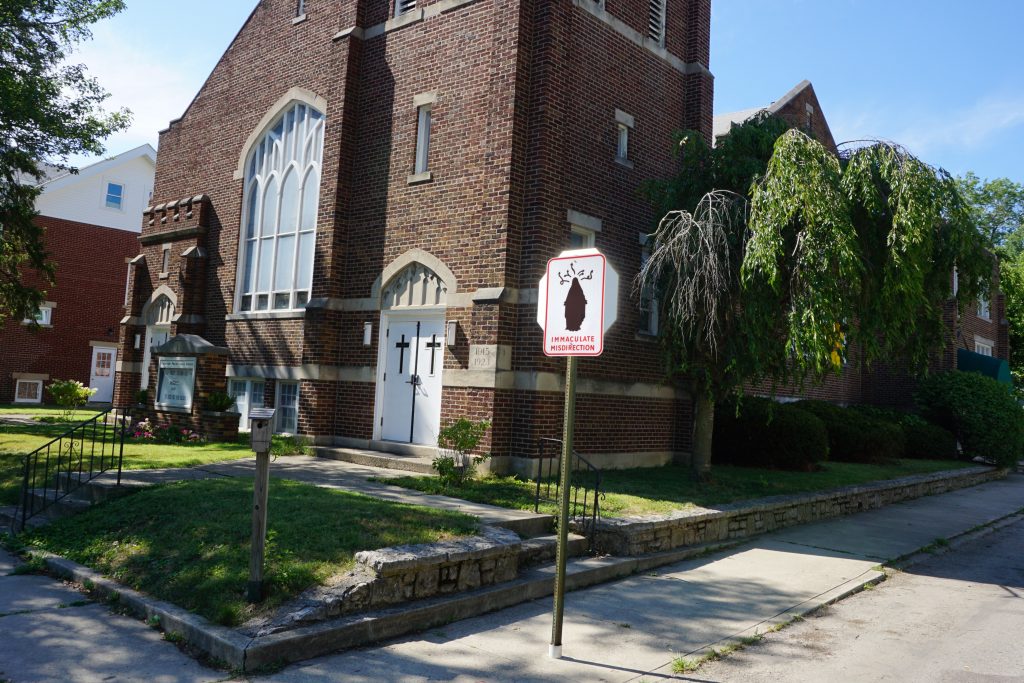
Churches have used the power of signs and iconic symbols most successfully. The spectacular architecture of ancient churches, stained glass windows with streaming light rays, and Jesus nailed to a cross to atone for our sins all speak volumes about signs.
Could signs and symbols be used on the exterior of churches to help the flock question more thoroughly the nature of these “truths”?

We can also place signs in gallery contexts, and they can speak with the same authority we are used to seeing on roadsides. Of course, if you took the Rorchack test above, perhaps you were thinking of some things that had to do with the computer relationships you have been having.
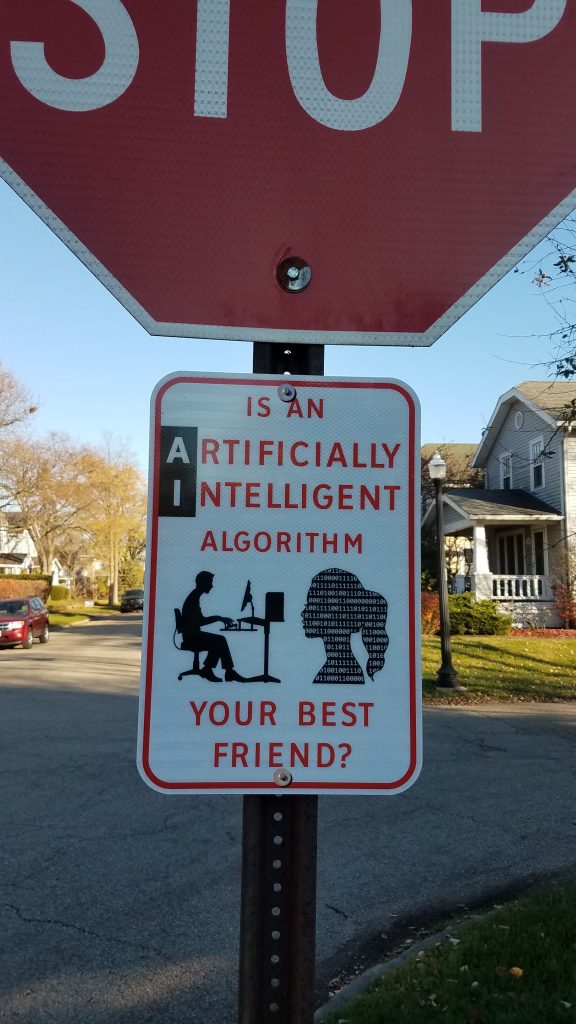
Algorithms make fine friends for that dopamine rush we get with Facebook Likes. Though are we “ALONE TOGETHER,” as MIT technology and society specialist Sherry Turkle argues.
While there are mental influence signs and how they can help query and diagnose your thoughts in the privacy of our bikes or cars, there are also signs appropriate to the global circulation of human dust and breath. This is significant in the COVID-19 moment, and the global pandemic, where we are afraid to breathe, and everyone can be seen as a vector of the virus.
Re-contextualizing these into the gallery environment is also fun. They seem to carry the same authority of speaking words with the power of color, icons, and tightly reflective materials.
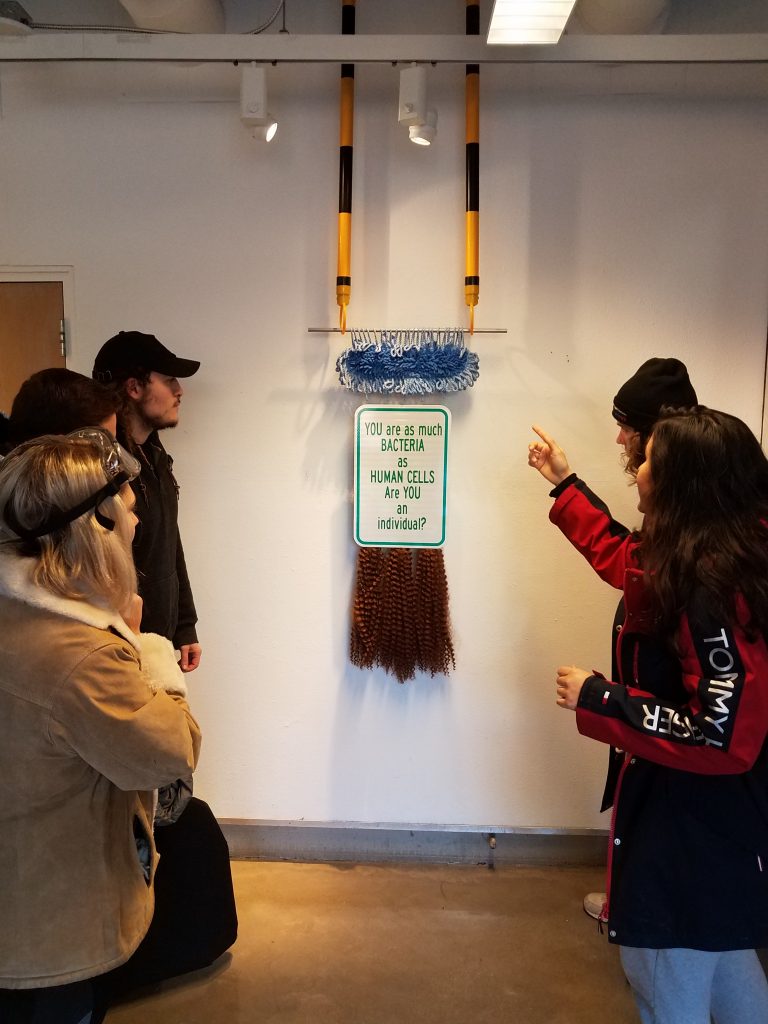
We can also mix signs with other roadside paraphernalia. Warning cones also represent ways to speak loud and colorful messages. Combining things like dust mops (suggestive of bacteria) or natural human hair with the two signs below creates new associations.
It also tells us that we must surrender to the tiny microbes in our stomachs and skin to create the ultimate group-consciousness moment.
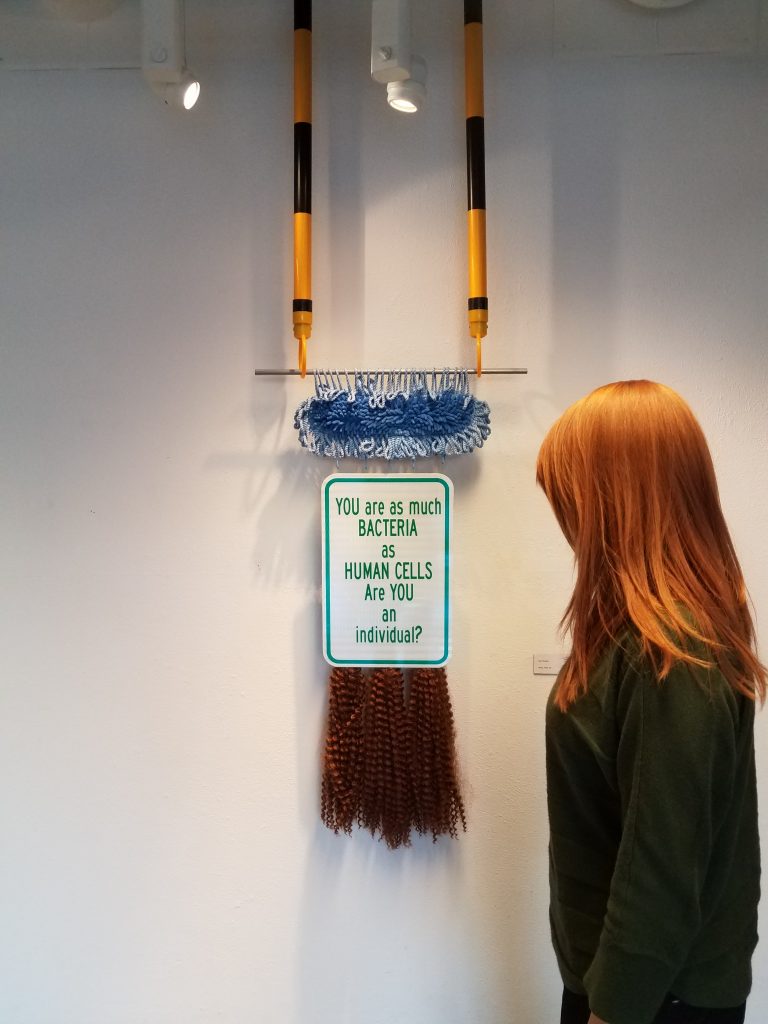
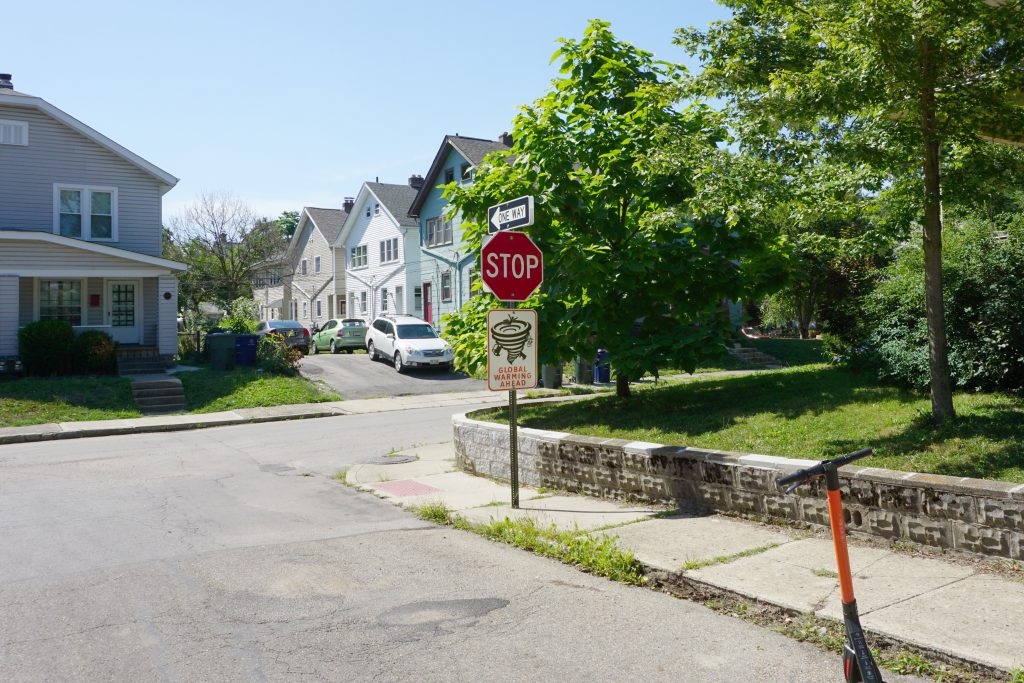
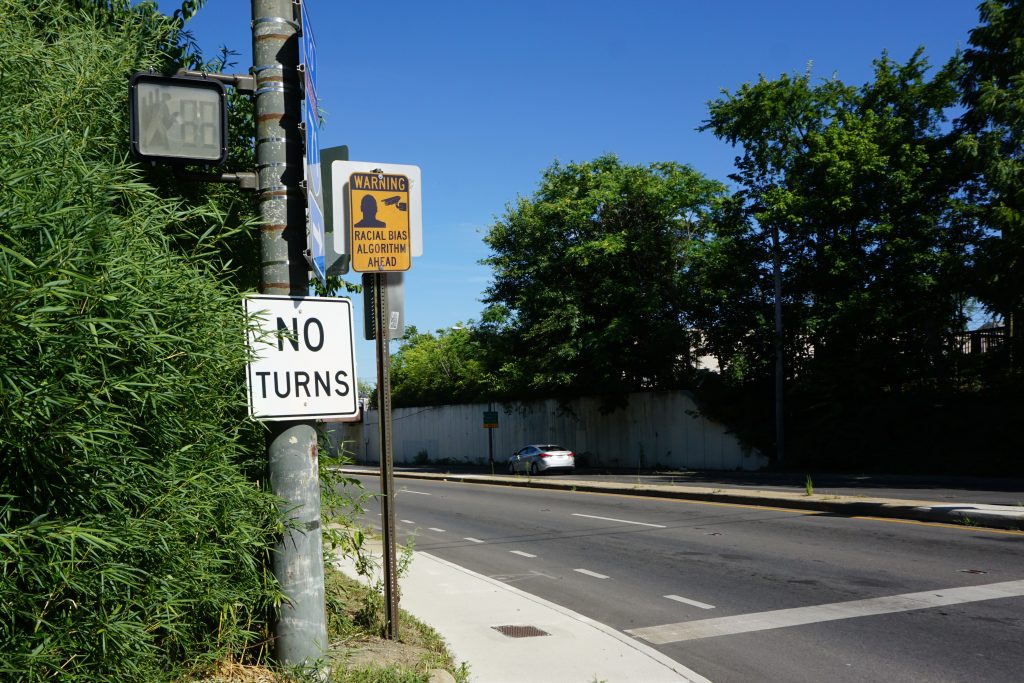
String theory and quantum electrodynamics surmise that there are eleven dimensions, though, in Newtonian space, we have three.
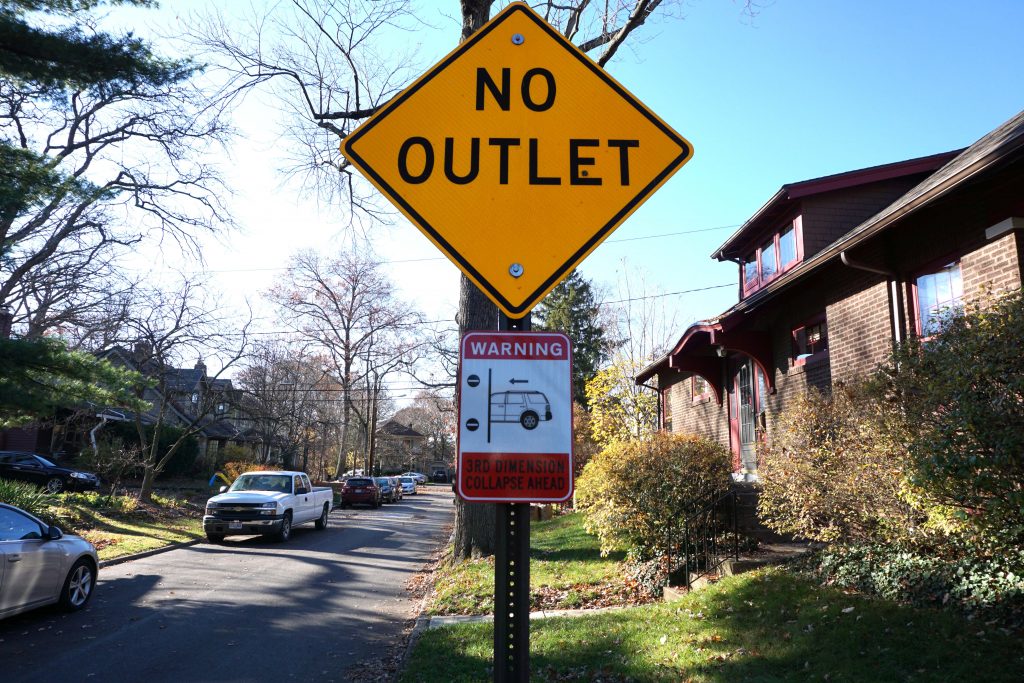
What a bummer if, while driving, one of those 3rd dimensions collapses. It could ruin your engine and your whole day.
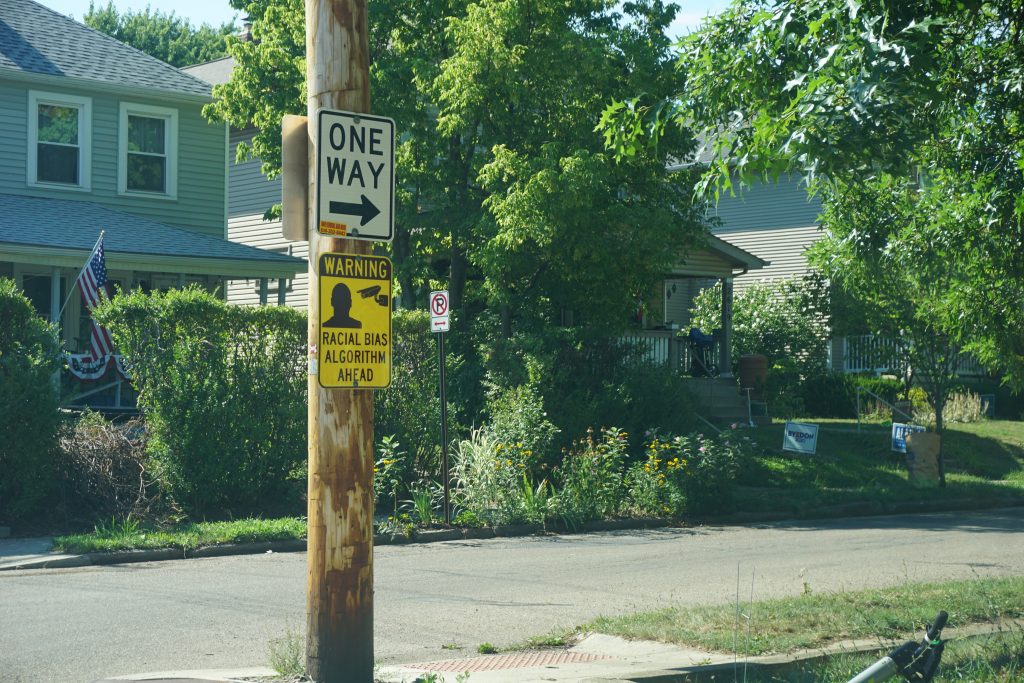
McDonald’s is most skilled in using signs and symbols to sell its products. This makes them particularly effective at selling their goods, but have we questioned the impact on our bodies and the collective global body?
A good deal of beef consumers may not be aware of the extent of global warming, degradation, and killing of the rainforests by just eating that burger and fries.

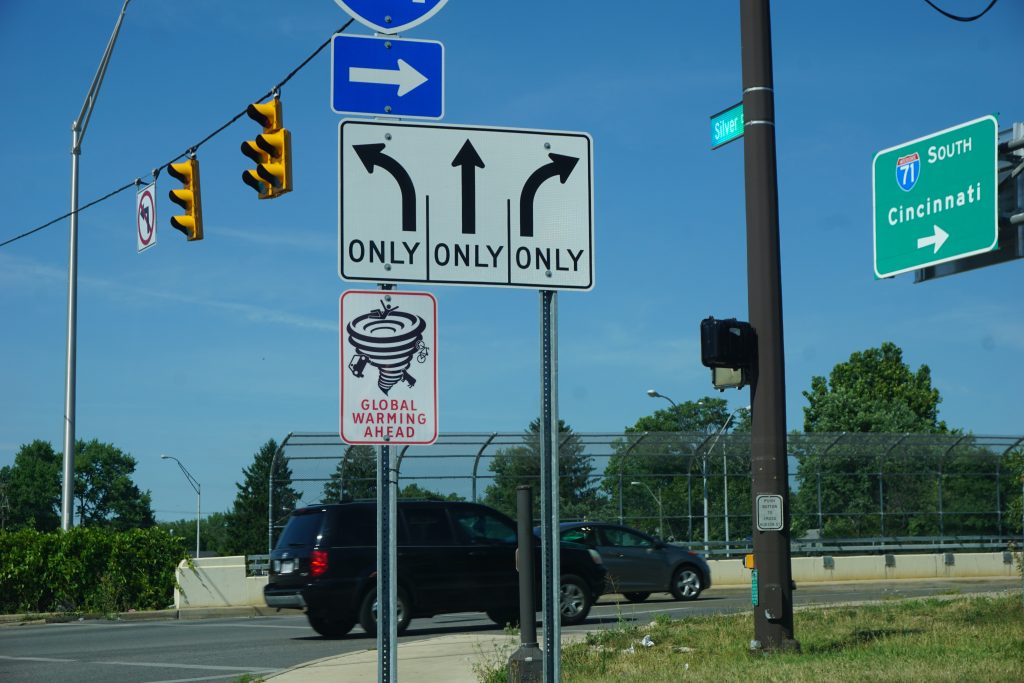

And then some signs reference the play of language below.
All signs are 12 x 18 inches mounted on aluminum, with weather-resistant reflective vinyl.
All signs are 12 x 18 inches mounted on aluminum, with weather-resistant reflective vinyl.
Mounting holes are drilled into aluminum, though do not perforate the vinyl until you choose to hang them, with hardware supplied with each order.
Signs are available for $110. each, or two for $100. each or three at $90 each, as part of this unlimited edition. Shipping will be calculated and varies based on your location.
Shipping to CA is about $20. from Ohio. To calculate your shipping costs, please send me your address to kenrinaldoATgmail.com.
Hardware is available to hang signs at $2:50 for two.
Exhibitions
CAMERON ART MUSEUM, Wilmington, North Carolina, Jan 27-May 2022
Confluence Exhibition curated by the Algae Society and Gene Felice invites the work SIGNS, including a worldwide premiere of a sign on Algae and the work Diatomaceous.
THE UNIVERSITY OF NORTH CAROLINA, Wilmington, N Carolina, Feb 2022.
Exhibition and visiting artist presentation of SIGN works. Invited by Professor Gene Felice
They are available in larger sizes, and ask for a quote if interested.
Obey all local laws in posting your signs, please!
Ken Rinaldo Concept, words, location photos, and signs Layouts and Illustrator work
Emergent Systems:
Ken Rinaldo: Illustrator and photoshop production
Trademark Gunderson: Illustrator and photoshop production
Exhibitions
CAMERON ART MUSEUM, Wilmington, North Carolina, Jan 27-May 2022
Confluence Exhibition curated by the Algae Society Gene Felice and Jennifer Parker invite the works Diatomaceous and the premiere of the Algae SIGN.
CULTURAL ARTS BUILDING GALLERY Wilmington, North Carolina, Jan 30- 2022
Protest Signs: Projected Voices in the Community curated by Dr. Travis Williams. The exhibition invited by Gene Felice, the SIGNs works, Racial Bias Algorithm Ahead, We are As Much Bacteria as Human Cells, Are you an Individual? Global Warming Ahead, You Breathed at Least One Molecule + Visiting artist presentation Invited by Professor Gene Felice.
Collections
CAMERON ART MUSEUM, Wilmington, North Carolina Algae Sign
CULTURAL ARTS BUILDING GALLERY Wilmington, North Carolina
